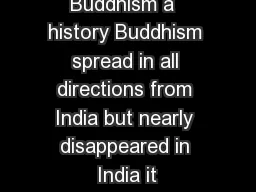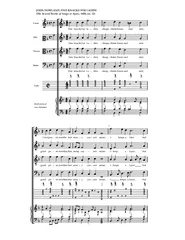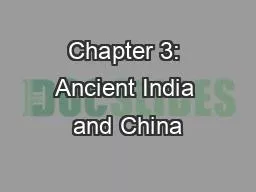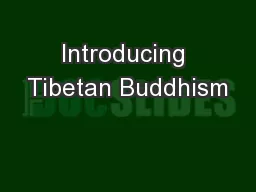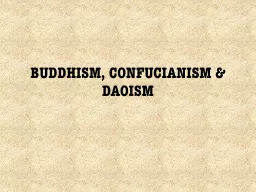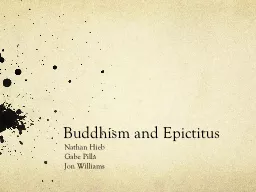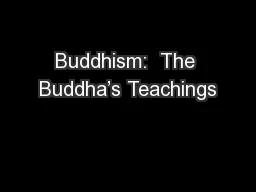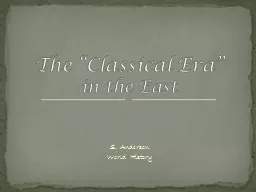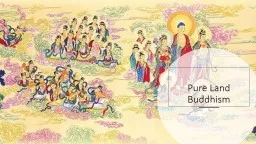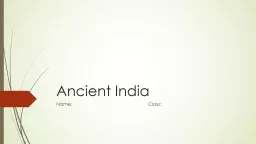PPT-Buddhism a history Buddhism spread in all directions from India but nearly disappeared
Author : tatiana-dople | Published Date : 2018-11-01
CE Amida Jizo Hotei avatar of Miroku China Japan Early Folk Traditions Early Folk Traditions Shinto Classical Daoism Daoism Theravada Buddhism from India and
Presentation Embed Code
Download Presentation
Download Presentation The PPT/PDF document "Buddhism a history Buddhism spread in a..." is the property of its rightful owner. Permission is granted to download and print the materials on this website for personal, non-commercial use only, and to display it on your personal computer provided you do not modify the materials and that you retain all copyright notices contained in the materials. By downloading content from our website, you accept the terms of this agreement.
Buddhism a history Buddhism spread in all directions from India but nearly disappeared: Transcript
Download Rules Of Document
"Buddhism a history Buddhism spread in all directions from India but nearly disappeared"The content belongs to its owner. You may download and print it for personal use, without modification, and keep all copyright notices. By downloading, you agree to these terms.
Related Documents

